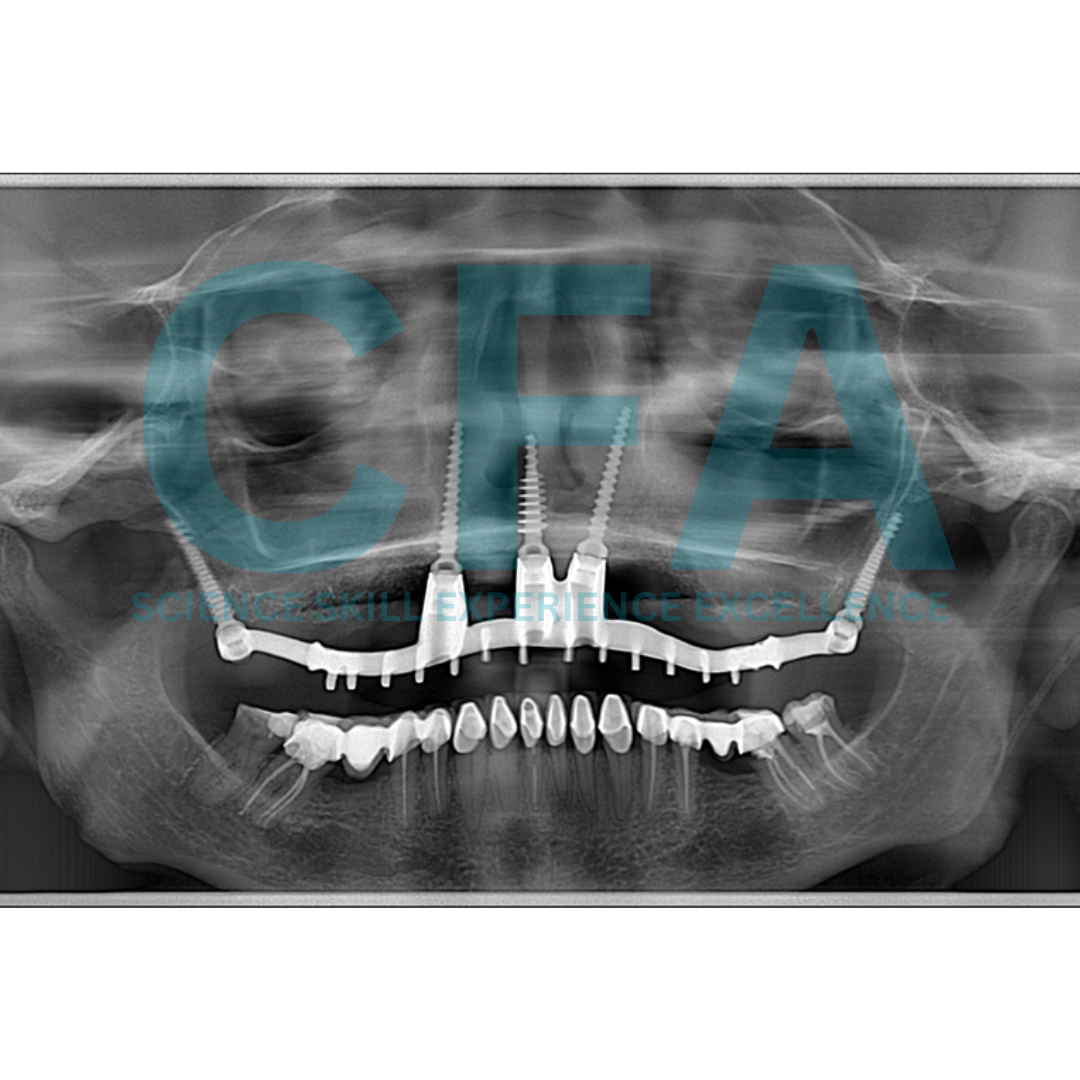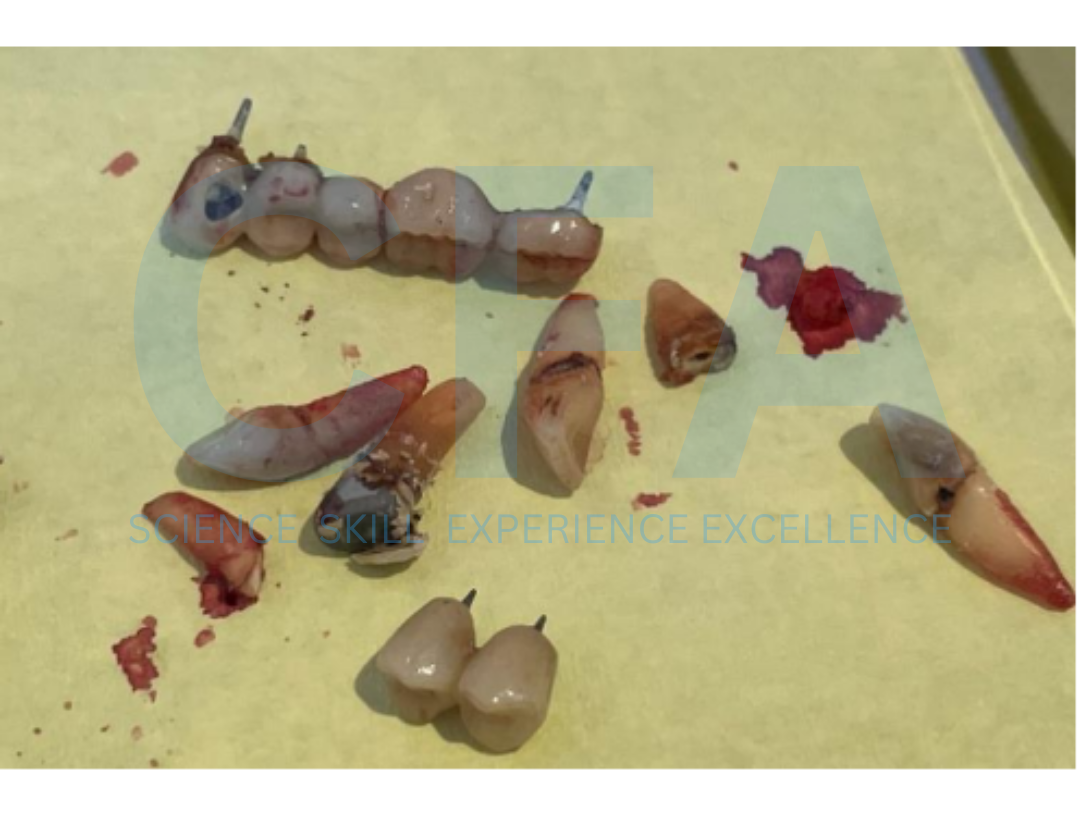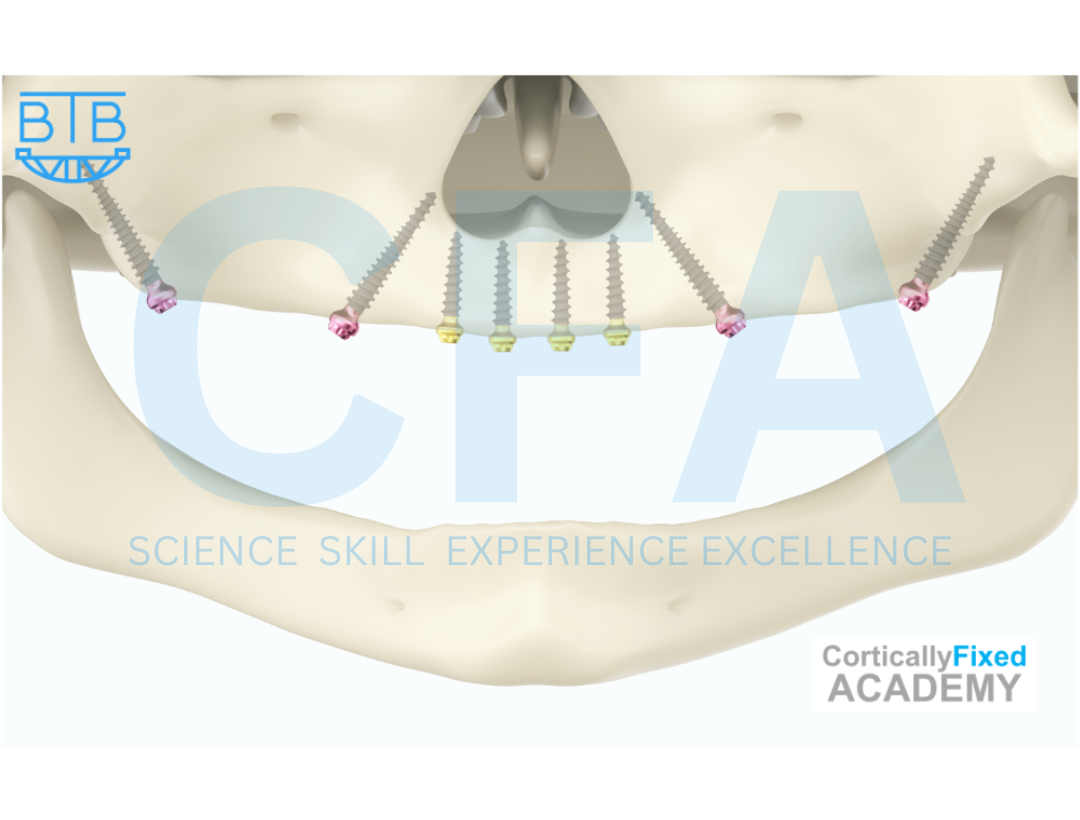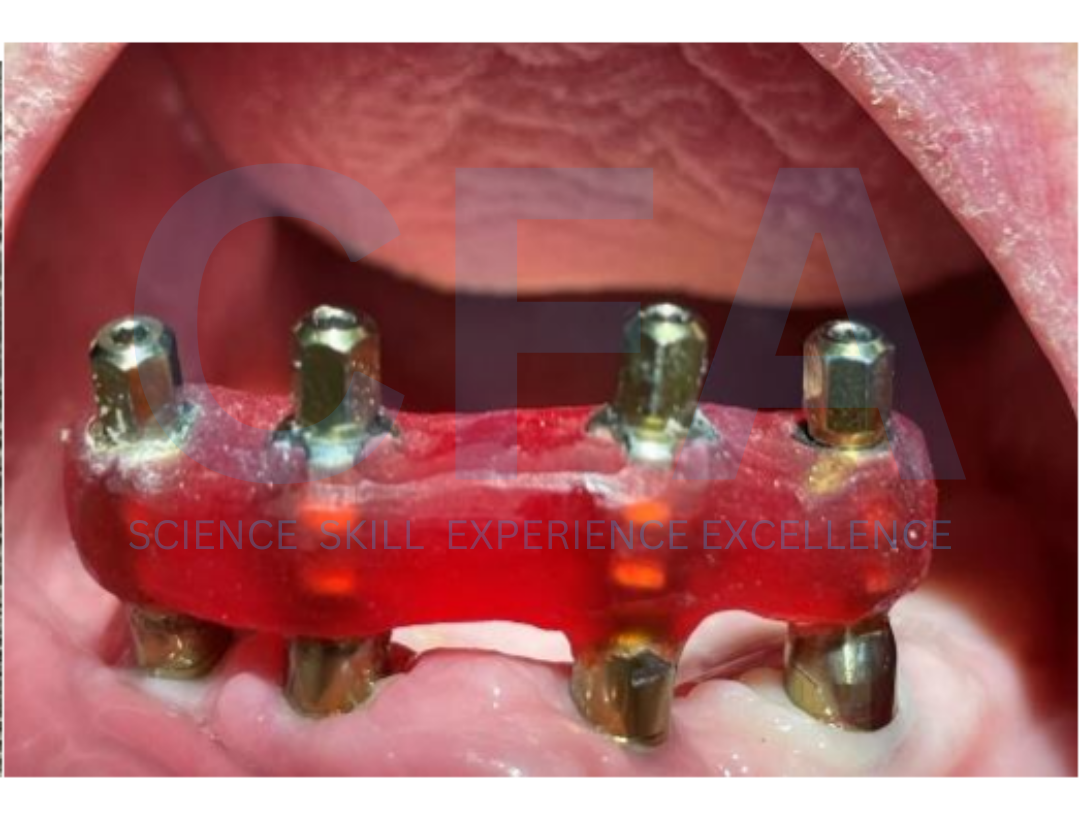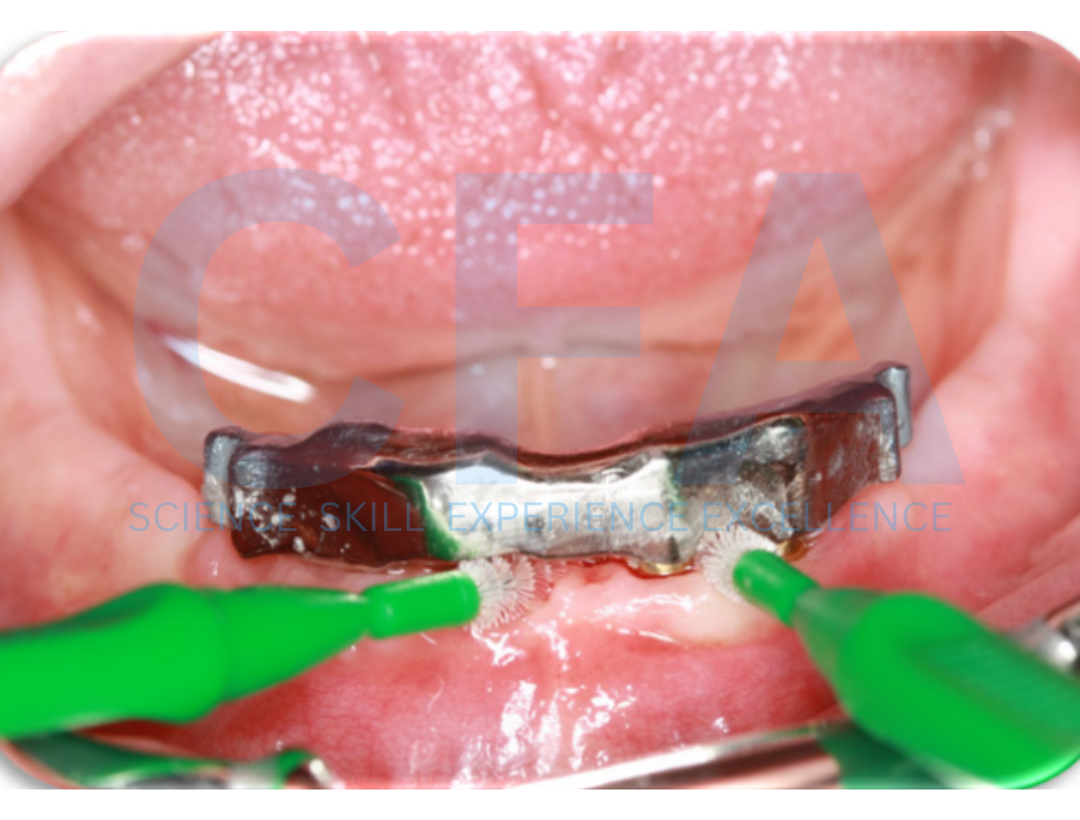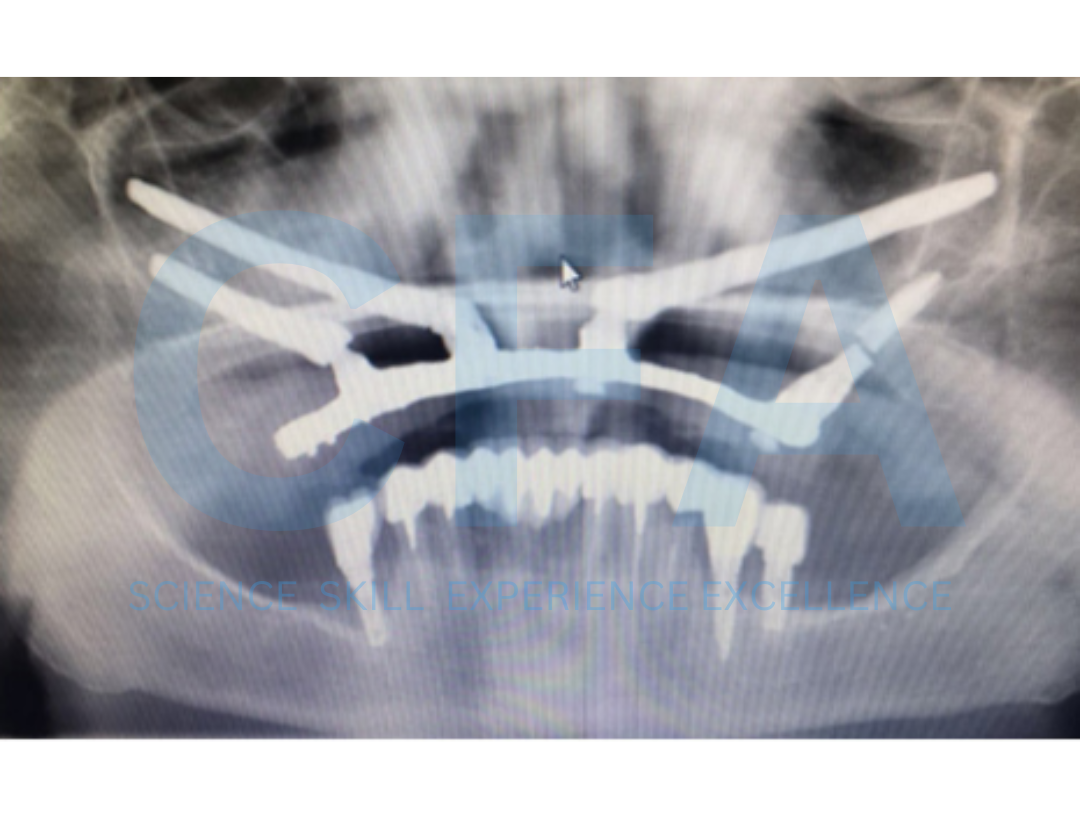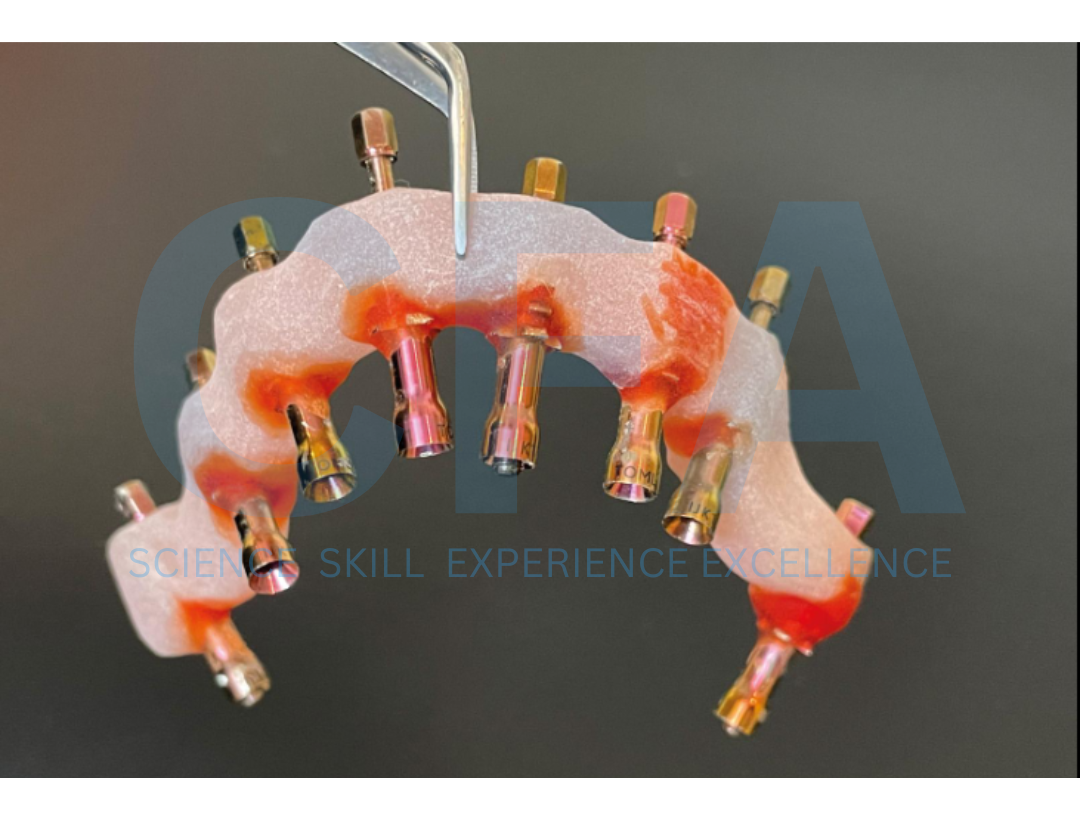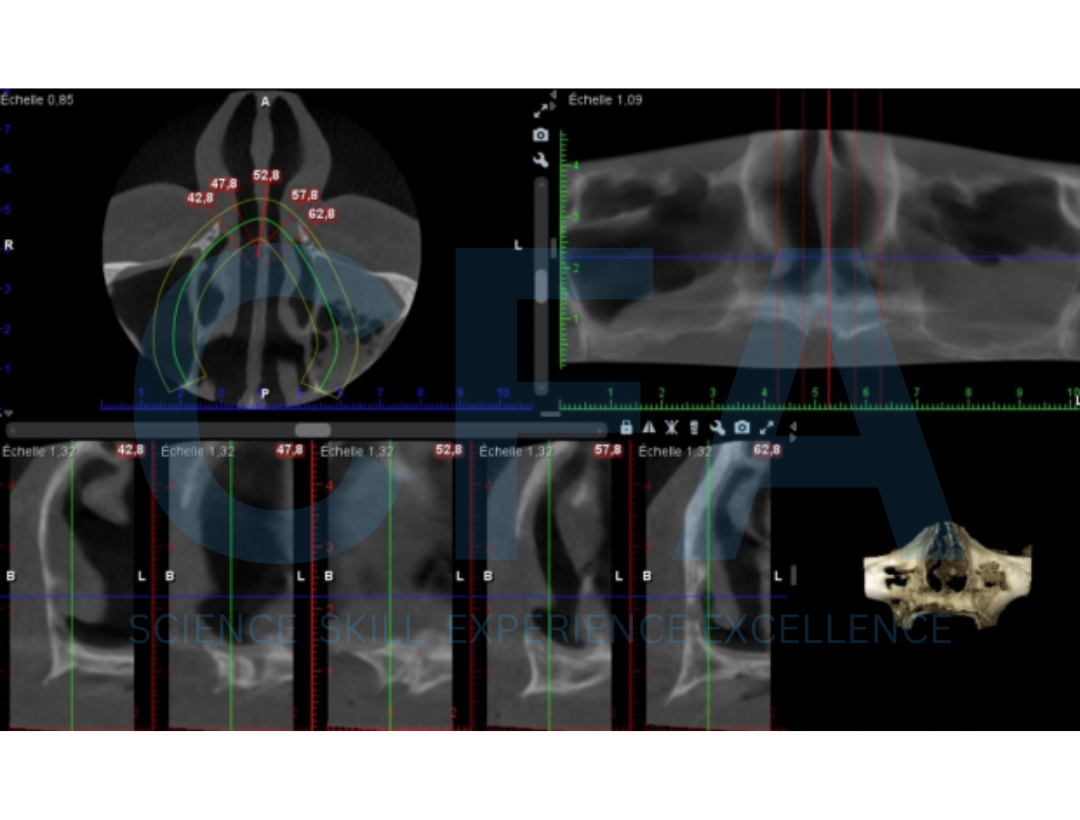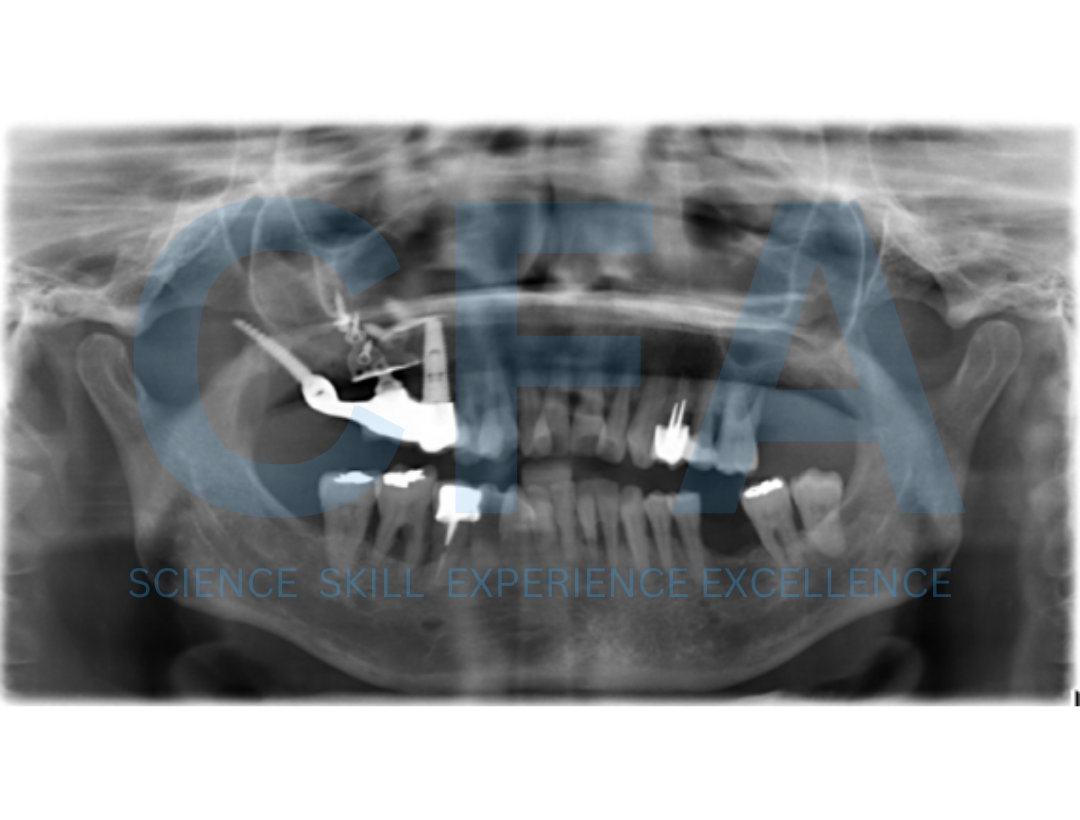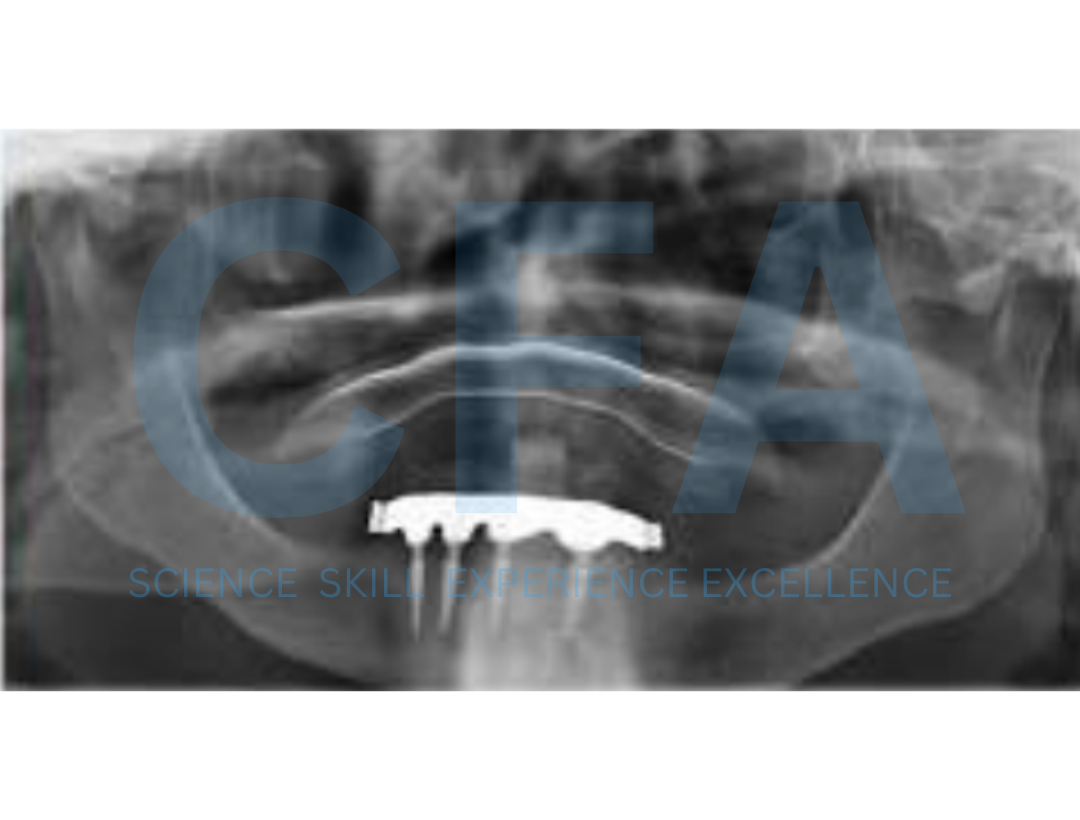Dental Journals
Journals and Magazine Articles
The Bone Truss Bridge (BTB) approach for Atrophic Maxilla Rehabilitation
The Bone Truss Bridge (BTB) concept represents a novel and promising approach for dental implant rehabilitation in the atrophic maxilla. It offers a minimally invasive alternative to traditional two-piece implants with angulated abutments. Additionally, the milled metal frame with angulated screw channels allows for easy retrievability in case of complications.
The BTB approach demonstrated high patient satisfaction due to reduced treatment time and a less invasive procedure compared to traditional methods.
The presented case studies highlight successful outcomes. Further research, validation, and broader clinical applications will be essential to further establish the role of the BTB approach in the future of implant dentistry.
Minimal Invasive Approaches to Maxillary Atrophy
The Bone Truss Bridge approach
Rehabilitation of atrophied maxilla is a big challenge for practitioners working in the field of dental implantology. Severe maxillary atrophy, resulting from factors such as long-term edentulism, trauma, or congenital deficiencies, can lead to compromised bone volume and density, posing limitations on the conventional placement of dental implants

Treatment Modalities for Overdentures on Screw-Retained Bars on Implants
Full-arch rehabilitation for the maxilla and mandible using fixed implant-supported prostheses offers superior function, prosthetic stability, and enhanced quality of life. However, these treatments are often cost-prohibitive, making them inaccessible for many patients [1,2].
Implant overdentures present a more affordable alternative, providing improved function and stability with the use of two or more implants for retention. Unlike fixed full-arch restorations, implant overdentures are relying primarily on soft-tissue for support and can be removed by the patient for
routine hygiene purposes [3-5].
Minimal Invasive Modality for Full Rehabilitation of Edentulous Mandible with One-Piece Implants in Elderly Patients
The use of conventional implants in the rehabilitation of edentulous space has been discussed extensively in the literature [1-4]. However, conventional implant systems may be limited or inapplicable in restoring some edentulous spaces due to various anatomical reasons. One of such reason is insufficient space between adjacent edentulous teeth for the use of a conventional implant which makes implant placement impossible [4,5-7]. In these situations, an alternative implant system for the restoration of such cases is required. The One-Piece implants help in restoring edentulous spaces that previously cannot be restored with conventional implants; it also encourages the use of minimally invasive surgical techniques which encourage maximum tissue preservation [8,9]
Retreatment of a Failed Quad Zygoma Implant Procedure with Cortically Fixed at once Hybrid Plates: Case Report
Restoration of a severely edentulous arch poses an enormous
challenge to the dentist more so in the maxillary region where
various anatomical structures reduce the option for extensive
surgery. Bone augmentation may be required to enable placement
of a sufficient number and length of implants to support an
implant prosthesis [1,2]. Retreatment of failed implant further
complicates the existing problem because of further loss of bone
height associated with loss implant and the presence of scar tissue
in the previous operated and implant site which make reoperation
difficult. Zygomatic Implants have been used to provide support for
oral rehabilitation where there has been a substantial amount of
bone loss from the upper jaw due to resorption or implant failure
[3,4].
Minimally invasive treatment options in the atrophied bone
Atrophy of the maxilla poses significant challenges to dental rehabilitation, particularly in the context of dental implant placement. There exist numerous approaches to manage such scenarios, ranging from invasive techniques such as zygomatic implants, sinus lifting, and bone grafting, to more minimal invasive methods utilising pterygoid implants and the trans-nasal approach. The latter techniques are particularly interesting due to their potential for early loading, where patients can receive a fixed rehabilitation within two to three weeks post-operatively. This article aims to present three case reports showcasing the clinical use of one-piece tissue level implants and fixed screw retained bridges in the management of maxillary atrophy.

A Novel Technique for the Treatment of Severely Atrophied Maxilla with Immediate Dental Implant Loading
Use of Cortically Fixed at Once Implants for the Treatment of Atrophic and Extreme Atrophic Jaws
management of extremely atrophic jaws. The Cortically Fixed
at Once implant system was developed to meet challenges in
patients with severely resorbed jaw bones. The CF@O protocol
requires no bone graft, no sinus lift or nerve displacements. The
CF@O implant system consists of several types of components
specifically developed for different locations in the jaw. These
components are Pterygoid implants, compressive implants and
hybrid plates. The Pterygoid implants and the Hybrid plates are
developed to be placed in the posterior zones of the maxilla.
Minimal Invasive Concept for the Rehabilitation of Edentulous Jaw with One-piece Implants
edentulous space has been discussed extensively in the literature
[1-4]. However, conventional implant systems may be limited or
inapplicable in restoring some edentulous spaces due to various
anatomical reasons. One of such reason is insuffi cient space between adjacent edentulous teeth for the use of a conventional implant e.g. regular Platform implants (3.5 - 4.5 mm diameter) or Wide Diameter implants (usually > 4.5 mm in diameter) which makes implant placement impossible [5-7,8,4]. In these situations, an alternative implant system for the restoration of such cases is required.


